Summer Fruit Salad for Hot Days and Cool Nights
How many different fruits can you consume in a single sitting while actually enhancing their individual flavors? A thoughtfully crafted summer fruit salad delivers up to seven different fruits in one bowl, with each variety complementing the others through strategic pairing rather than competing for dominance. This refreshing summer fruit salad recipe transforms seasonal produce into a harmonious medley that works equally well as a cooling afternoon refreshment or an elegant dessert alternative under the stars. By understanding flavor profiles and proper preparation techniques, you’ll elevate this simple dish beyond the ordinary fruit bowl.
Table of Contents
Ingredients List
For this vibrant summer fruit salad, gather these sun-ripened treasures:
- 2 cups fresh watermelon, cubed
- 1 cup strawberries, hulled and halved
- 1 cup blueberries
- 2 ripe peaches or nectarines, sliced
- 1 cup green grapes, halved
- 2 kiwis, peeled and sliced
- 1 ripe mango, cubed
- 2 tablespoons fresh mint leaves, finely chopped
- 2 tablespoons fresh lime juice
- 1 tablespoon honey or maple syrup (optional, for added sweetness)
Timing
Preparation Time: 20 minutes Chilling Time: 30 minutes (optional but recommended) Total Time: 50 minutes
Step-by-Step Instructions
Step 1: Select and Wash Your Fruits
Choose fruits at optimal ripeness—they should yield slightly to gentle pressure but not be mushy. Wash all fruits thoroughly under cold running water, even those you’ll be peeling. For berries, use a gentle rinse to prevent bruising and dry them completely on paper towels. This careful preparation prevents diluting the natural flavors and maintains textural integrity throughout your summer fruit salad.
Step 2: Prepare the Watermelon and Larger Fruits
Cut the watermelon into consistent 1-inch cubes, removing seeds if necessary. Aim for bite-sized pieces that allow for easy eating without requiring further cutting. For the mango, use the hedgehog technique: score the flesh in a grid pattern after peeling, then scoop out the perfect cubes. This method ensures uniform pieces that marinate evenly in the dressing.
Step 3: Prepare Berries and Smaller Fruits
Hull strawberries by removing the green tops and slice larger ones in half while leaving smaller berries whole for textural variety. Sort through blueberries, removing any stems or underripe specimens. Slice kiwis into half-moons or quarters depending on size. The varied shapes and sizes create visual interest while maintaining practical consistency for eating.
Step 4: Create the Dressing
In a small bowl, whisk together the fresh lime juice and honey or maple syrup (if using). This simple dressing enhances the natural sweetness of the fruit while the acid helps prevent browning of certain fruits like peaches and apples. The lime’s subtle bitterness complements the sweet fruits perfectly without overwhelming their natural flavors.
Step 5: Combine with Care
In a large glass or ceramic bowl (avoid metal which can react with acidic fruits), gently combine all prepared fruits. Pour the dressing over the fruit mixture and fold carefully using a silicone spatula to coat evenly without crushing delicate fruits. This technique ensures the summer fruit salad maintains its vibrant colors and varied textures.
Step 6: Add the Finishing Touch
Sprinkle the freshly chopped mint leaves over the salad and fold in gently once more. Reserve a few small mint leaves for garnish. The aromatic oils in the mint add a cooling sensation that makes this summer fruit salad particularly refreshing on hot days while adding sophisticated complexity to the flavor profile.
Nutritional Information
This summer fruit salad isn’t just delicious—it’s a nutritional powerhouse:
- Calories: 120 per serving (1 cup)
- Protein: 1.5g
- Carbohydrates: 30g
- Dietary Fiber: 4g
- Sugar: 24g (all natural from fruits)
- Fat: 0.5g
- Sodium: 5mg
- Vitamin C: 85% DV
- Vitamin A: 25% DV
- Potassium: 12% DV
- Antioxidants: High levels of anthocyanins, flavonoids, and carotenoids
Healthier Alternatives for the Recipe
While this summer fruit salad is naturally nutritious, consider these modifications for specific dietary goals:
- Lower Sugar Option: Focus on lower glycemic fruits like berries, peaches, and kiwi while reducing higher sugar options like mango and watermelon. Omit the honey entirely.
- Higher Protein Version: Top each serving with 2 tablespoons of chopped nuts (walnuts, pistachios, or sliced almonds) or seeds (hemp, pumpkin, or chia).
- Digestive Support: Add 1 teaspoon of freshly grated ginger to the dressing for natural digestive benefits.
- Anti-Inflammatory Focus: Incorporate 1/4 teaspoon ground turmeric and a pinch of black pepper to the dressing for additional anti-inflammatory properties.
- Diabetic-Friendly Adaptation: Emphasize berries and stone fruits while using a smaller portion of tropical fruits; replace honey with a few drops of monk fruit extract if sweetness is desired.
Serving Suggestions
Elevate your summer fruit salad experience with these creative serving ideas:
- Serve in hollowed-out watermelon halves for a stunning presentation at outdoor gatherings
- Layer in clear glass trifle dishes or mason jars for portable picnic desserts
- Offer as a topping bar for yogurt parfaits at brunch events
- Serve alongside grilled proteins for a sweet-savory contrast at barbecues
- Spoon over vanilla ice cream or frozen yogurt for an indulgent yet refreshing dessert
- Present in chilled coconut halves for tropical-themed celebrations
- Use as filling for crepes with a dollop of whipped coconut cream
- Serve in martini glasses for an elegant dessert alternative at dinner parties
- Create a fruit salad grazing board with complementary cheeses and nuts
Common Mistakes to Avoid
Perfect your summer fruit salad by avoiding these typical pitfalls:
- Using Underripe Fruit: Unripe fruits lack necessary sugars and can taste starchy or sour—always use fully ripened fruits for optimal flavor.
- Cutting Fruits Too Far Ahead: Most cut fruits begin oxidizing within hours; prepare your salad no more than 3-4 hours before serving.
- Improper Size Consistency: Fruits cut in vastly different sizes lead to uneven flavor distribution and difficult eating—aim for similar bite-sized pieces.
- Overhandling Delicate Fruits: Excessive stirring bruises soft fruits like berries and releases juices prematurely—fold gently and minimally.
- Adding Bananas Too Early: Bananas brown quickly and become mushy; if using them, add just before serving or treat with extra lime juice.
- Using Metal Bowls: Acidic fruits can react with metal, affecting flavor and appearance—always use glass, ceramic, or plastic containers.
- Heavy Dressings: Thick or dairy-based dressings mask fresh fruit flavors and accelerate spoilage—stick to light citrus-based options.
Storing Tips for the Recipe
Maximize freshness and convenience with these storage strategies:
- Short-term Storage: Cover tightly with plastic wrap and refrigerate for up to 24 hours. Place a paper towel between the wrap and the salad to absorb excess moisture.
- Longer Preservation: Store the prepared fruits separately and combine just before serving. Firmer fruits (apples, watermelon) can be prepped up to 48 hours ahead when properly stored.
- Preventing Browning: Toss fruits prone to oxidation (apples, pears, bananas) in additional citrus juice before adding to the main mixture.
- Layering Strategy: When storing, place heavier, juicier fruits at the bottom and more delicate fruits on top to prevent crushing and excess liquid accumulation.
- Herbs and Garnishes: Add fresh herbs, mint, or basil immediately before serving rather than during storage to maintain their vibrant color and aroma.
- Freezing Option: While not ideal for fresh consumption, leftover summer fruit salad can be frozen in portioned containers and later used in smoothies or as ice cream toppings.
Conclusion
This summer fruit salad recipe combines seasonal bounty into a versatile dish perfect for any time of day. The balance of sweet, tart, and refreshing elements creates a harmonious flavor profile while delivering impressive nutritional benefits. With minimal preparation time and maximum visual impact, it’s an ideal solution for both casual family meals and elegant entertaining.
Try this colorful summer fruit salad for your next gathering or as a refreshing snack! Share your experience in the review section below or leave a comment on our blog.
FAQs
How far in advance can I prepare this summer fruit salad? For optimal freshness, prepare most of the summer fruit salad no more than 3-4 hours before serving. If you need to work further ahead, cut and store fruits separately, then combine with the dressing and herbs just before serving. Firmer fruits like watermelon and grapes can be prepared up to 24 hours ahead.
Can I use frozen fruits in this recipe? While fresh fruits provide the best texture and flavor for summer fruit salad, you can incorporate some thawed frozen fruits in a pinch. Berries work best; thaw completely, drain excess liquid, and gently fold in. Reserve frozen mango and peaches for smoothies rather than salads, as their texture changes significantly upon thawing.
Is this recipe suitable for diabetics? While fruits contain natural sugars, you can adapt this summer fruit salad for diabetic needs by emphasizing lower glycemic fruits like berries, peaches, and apples. Reduce or eliminate higher sugar fruits like mango and watermelon, omit added sweeteners, and keep portion sizes moderate. The fiber content helps moderate blood sugar impact when consumed as part of a balanced meal.
Your Feedback Matters
There are no reviews yet. Be the first one to write one.

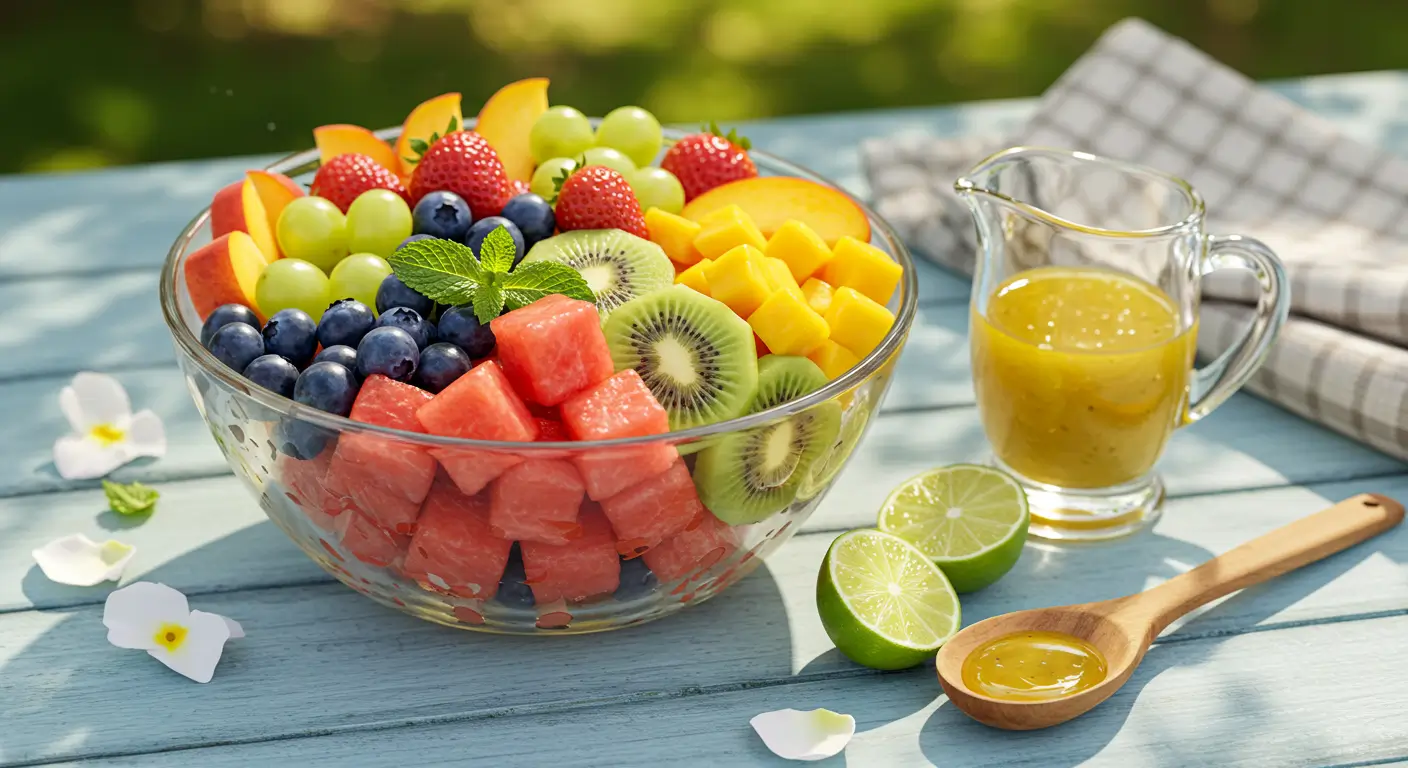
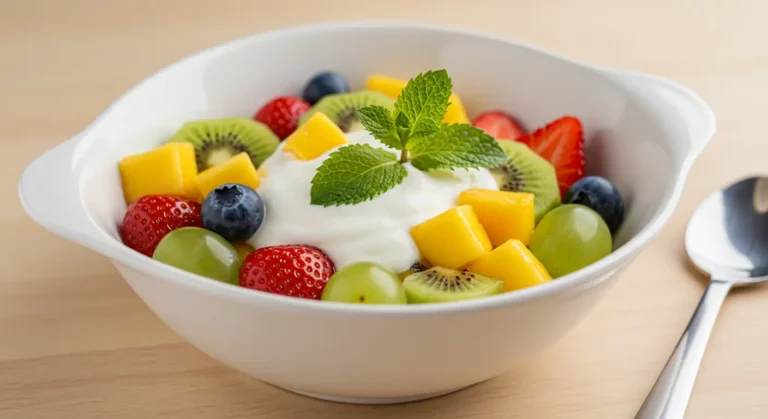
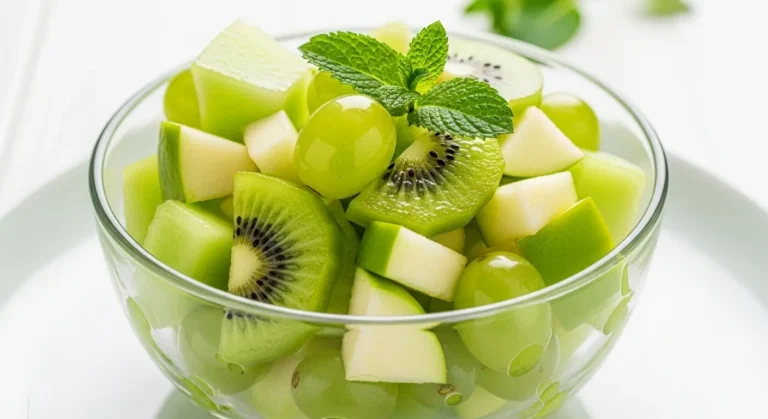
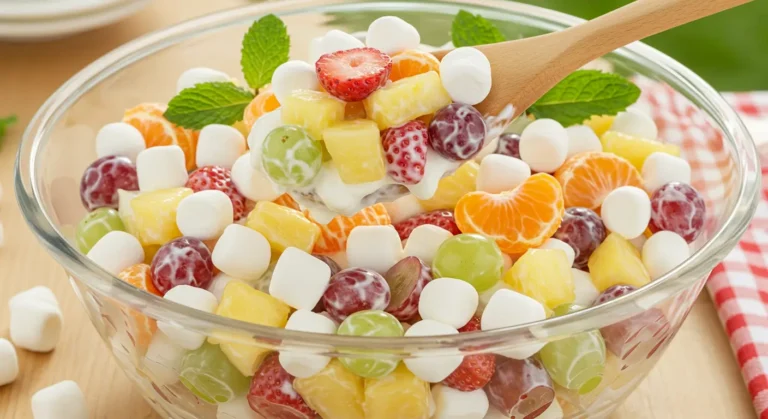
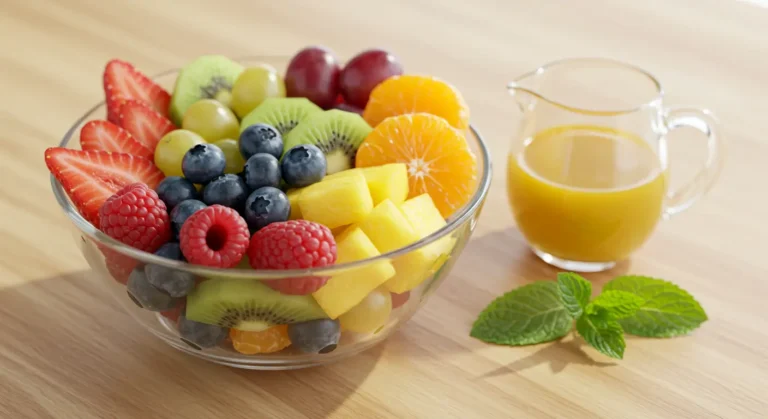
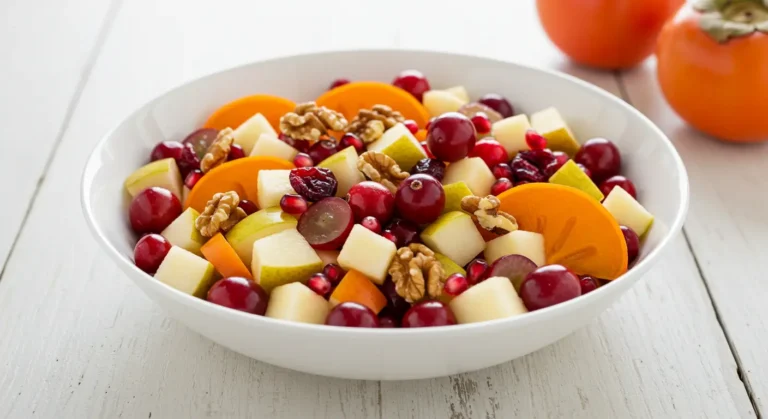
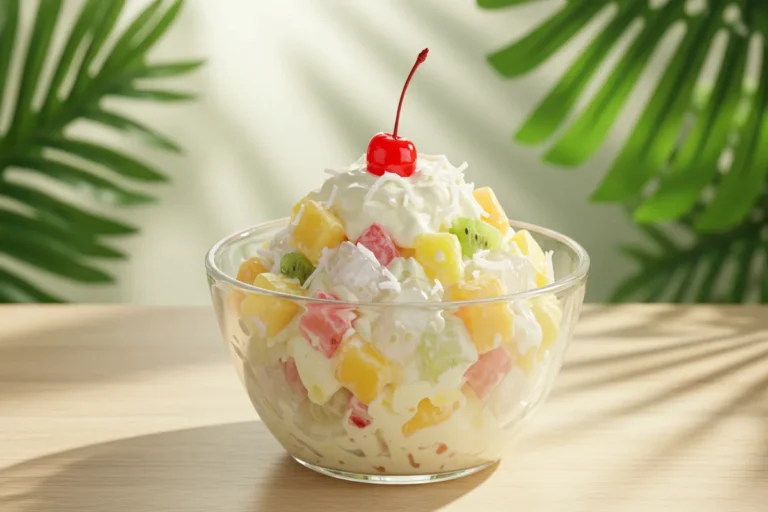
One Comment
Comments are closed.